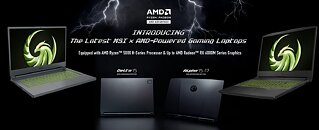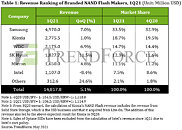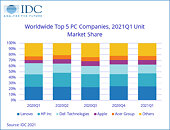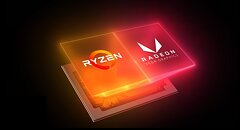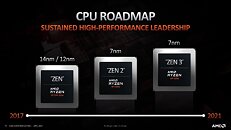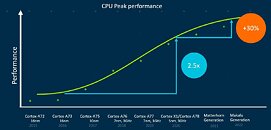
NVIDIA GeForce RTX 3080 Ti Mobile Brings 16 Gbps Memory and TGP of 175 Watts
NVIDIA is preparing to launch an ultimate solution for high-end laptops and gamers that could benefit from the high-performance graphics card integration in mobile systems like gaming laptops. Rumored to launch sometime in January, NVIDIA is preparing a GeForce RTX 3080 Ti mobile GPU SKU that supposedly offers the highest performance in the Ampere mobile family. According to sources close to VideoCardz, team green has prepared to announce RTX 3080 Ti mobile design with faster memory and higher total graphics power (TGP). The memory speed will get an upgrade to 16 Gbps, compared to the 14 Gbps speed in RTX 3080 mobile SKU.
Similarly, the total overall TGP will also receive a bump to 175 Watts. This is just a tad higher than the 165 Watt TGP of RTX 3080 mobile. The Ti version will upgrade the CUDA core count and other things like TMUs to undetermined specifications. Currently, it is rumored that the Ti version could carry 7424 CUDA cores, which is an upgrade from 6144 of the regular RTX 3080 version.
Similarly, the total overall TGP will also receive a bump to 175 Watts. This is just a tad higher than the 165 Watt TGP of RTX 3080 mobile. The Ti version will upgrade the CUDA core count and other things like TMUs to undetermined specifications. Currently, it is rumored that the Ti version could carry 7424 CUDA cores, which is an upgrade from 6144 of the regular RTX 3080 version.












